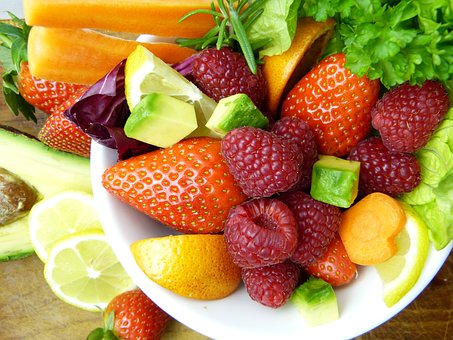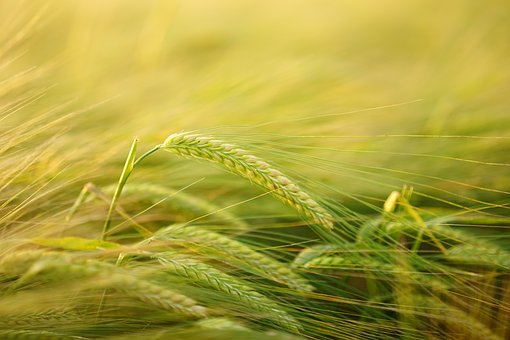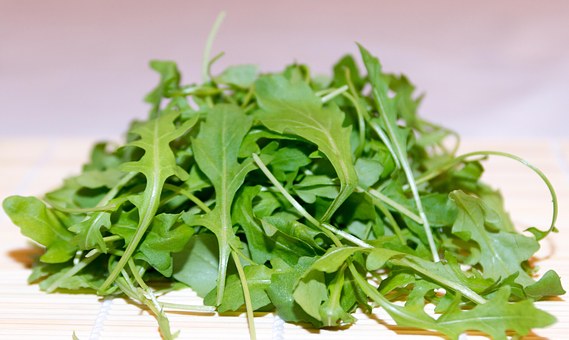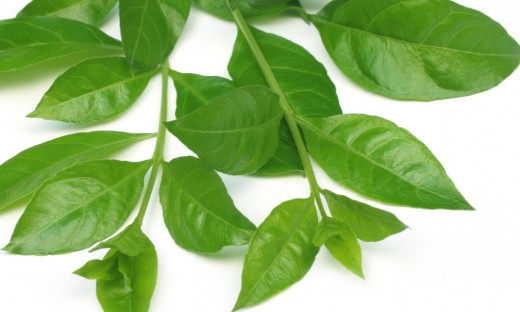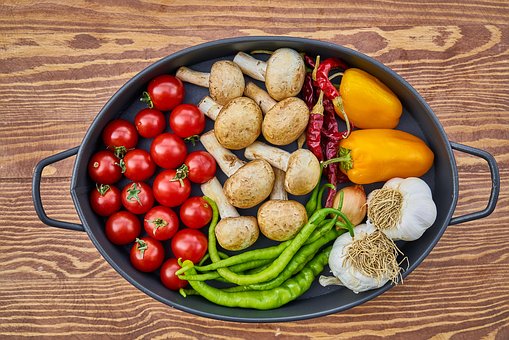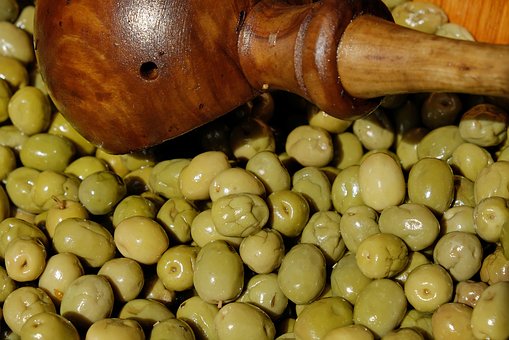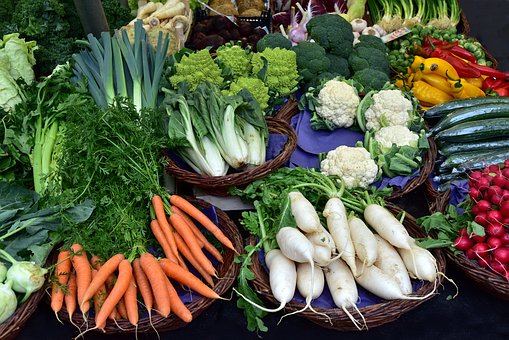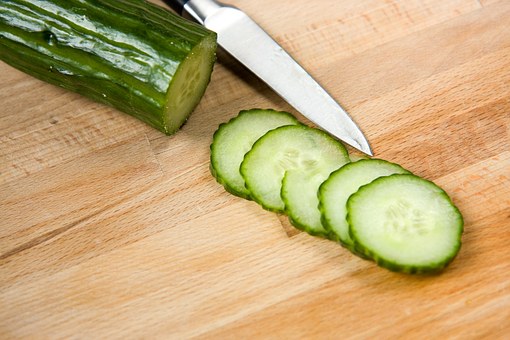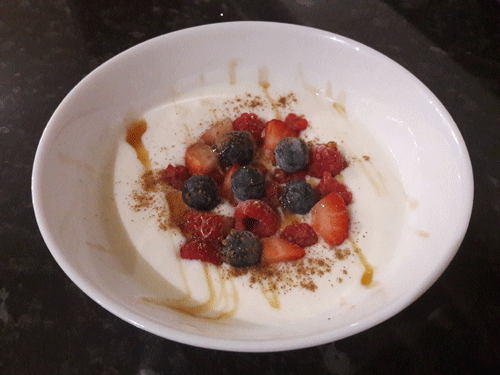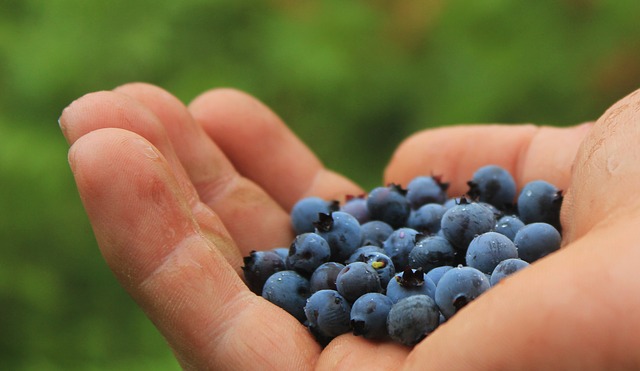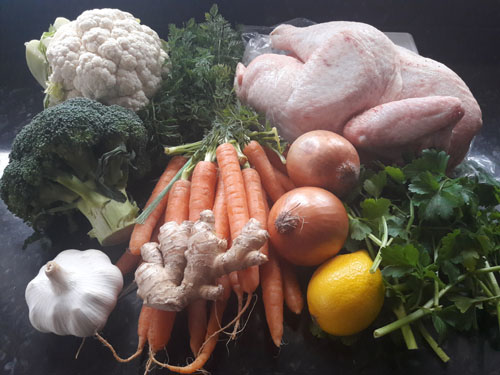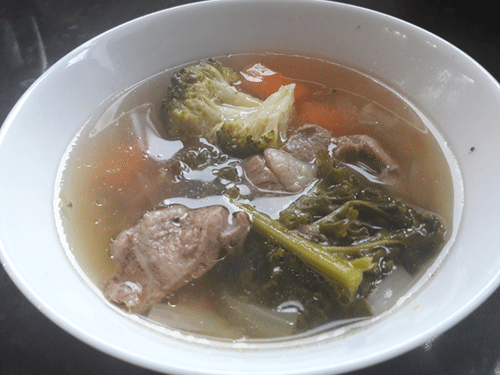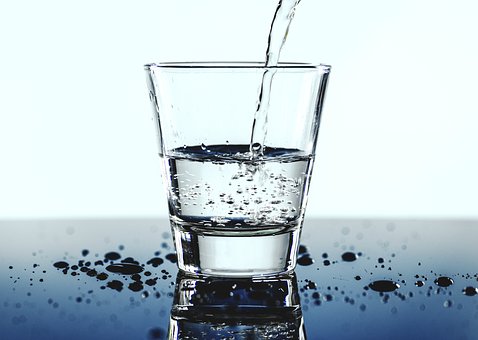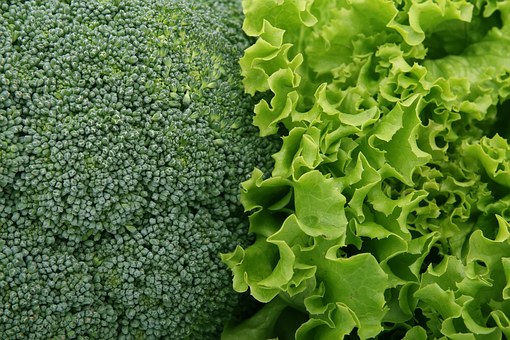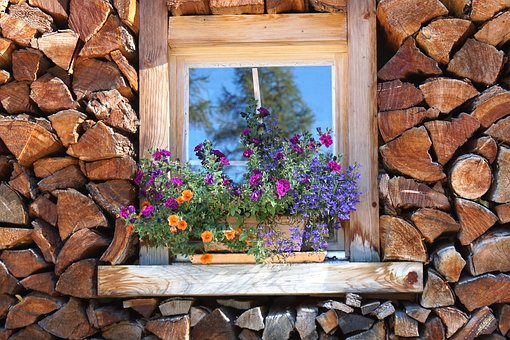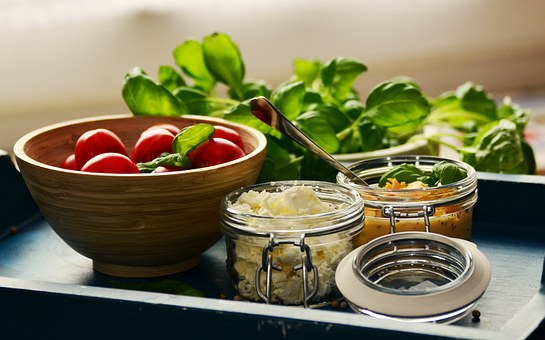Quinoa: A Highly Nutritious Substitute for Grains
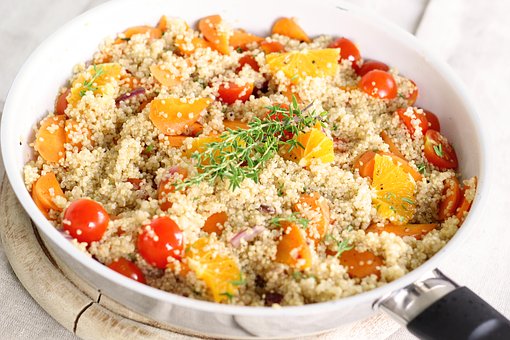
Quinoa (pronounced keen-wa) is often though of as a grain, but is in fact the seed of a dark green leafy plant (Chenopodium quinoa), closely related to chard and spinach. quinoa is available in different colors, from pale yellow (the most popular) to red, brown and black. The grain is soft and creamy, but also has a slightly crunchy, nutty texture.
Quinoa is a complete protein, which means that it contains all eight amino acids, an extremely rare quality in plants; it is especially high in the amino acids lysine, methionine and cysteine. Quinoa contains more protein than any other grain, and by adding it to other grains, those proteins become complete too.
Quinoa is rich in iron, potassium, riboflavin, niacin, zinc, magnesium, fiber, vitamin B6 and the antioxidant Vitamin E. It also contains at least sixteen different triterpine saponins (naturally-occurring chemical compounds with 'soap-like' properties), which may have anticancer and anti-inflammatory properties. A study also found that compared to rice and wheat, quinoa was found to offer greater satiety, thus making it an ideal food for fighting obesity [1].
Preparing Quinoa
- Rinse quinoa before using to remove any of the powdery saponins remaining on the seeds. These can be seen as a soapy film when rinsed under water.
- Quinoa is cooked in the same way as rice. Use just under double the amount of water as quinoa seeds and cook in boiling water, covering and simmering slowly for about 12-15 minutes, until soft. Be careful not to add too much water or cook it for too long, since quinoa can become mushy quickly.
- Quinoa's light texture makes it an excellent substitute for rice, couscous and pasta. It can be added to soups, salads, stews or stir fries. It can also be enjoyed as a sweet dish, mixed with honey and nuts as a breakfast, or a rice pudding.
- Raw quinoa can be sprouted to activate its natural enzymes and boost its vitamin content. It is sprouted in the same way as any other seed - see article Sprouted Seeds: Grow Your Own and Reap the Nutritional Benefits
- The sprouting process softens the grains, making them suitable to be added directly to salads and other foods without having to be cooked. Sprouted quinoa is best eaten in 2 to 3 days.
References
- [1] Berti C, Riso P, Brusamolino A, Porrini M. Effect on appetite control of minor cereal and pseudocereal products. Br I Nutr. 2005 Nov;94(5):850-858.
Link to this article: Show: HTML Link • Full Link • Short Link
Share or Bookmark this page: You will need to have an account with the selected service in order to post links or bookmark this page.





|
Related Articles:
Add a Comment
You must be registered and logged in to comment.
Most Popular
Latest Articles
Popular Subjects
Health, fitness and longevity
Based upon the principles of health
in the Qur'an and Prophetic Traditions.
HealthyMuslim.Com
There are two bounties in which
most people lose out: good health
and free time. Al-Bukhari.





